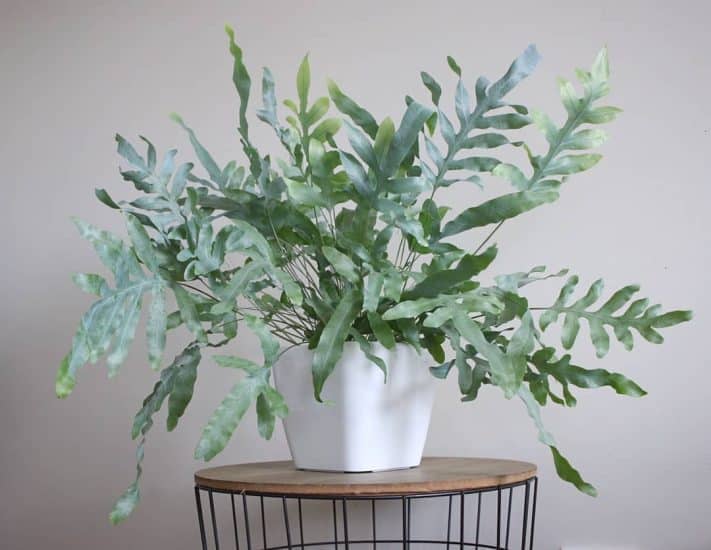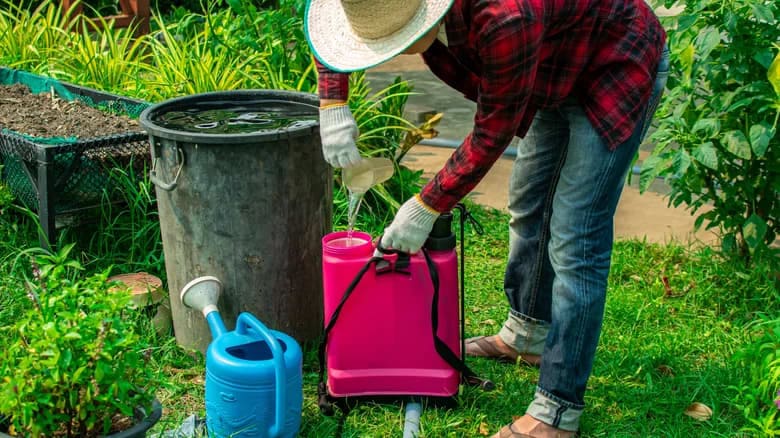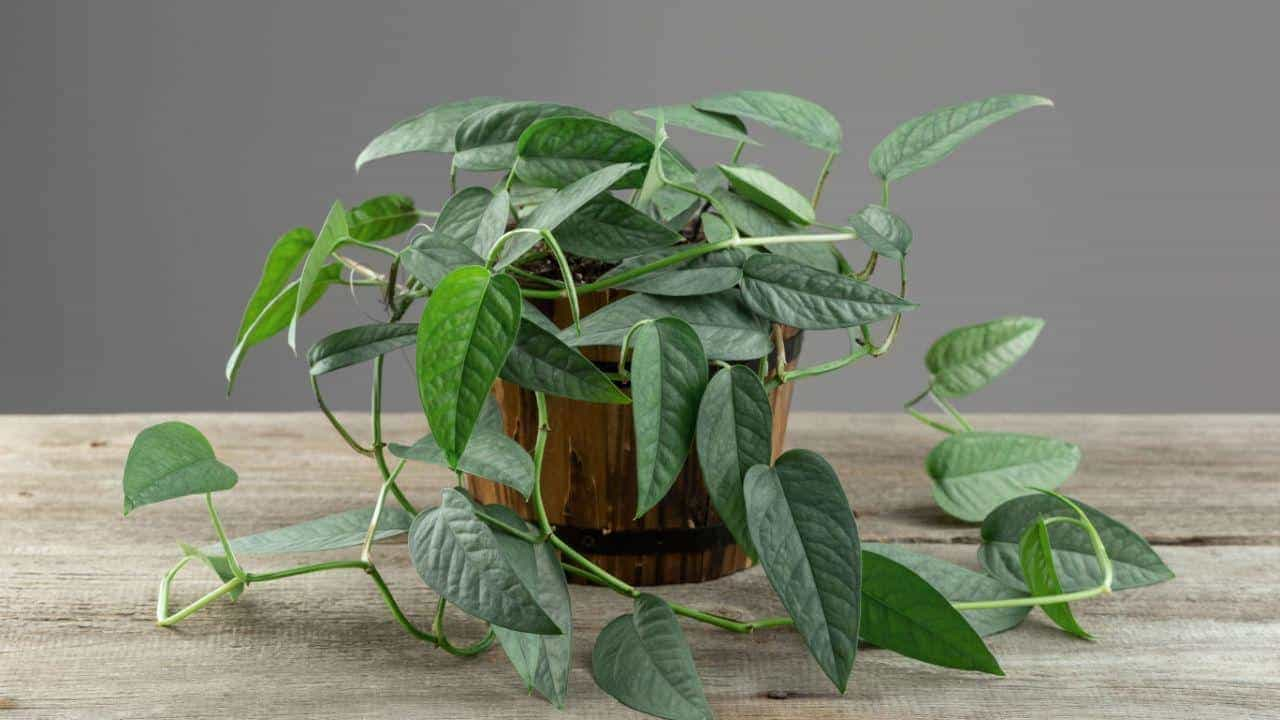Introduction to Blue Star Fern
The blue star fern, scientifically known as Phlebodium aureum, is a striking addition to any indoor garden. Originating from tropical regions, this fern boasts mesmerizing blue-green fronds that resemble celestial bodies, hence its celestial name.
Origins and Habitat
Blue star ferns are native to the lush, humid forests of Central and South America. They thrive in the dappled sunlight beneath towering trees, where the air is rich with moisture.
Appearance and Characteristics
The unique charm of the blue star fern lies in its delicate, arching fronds adorned with silvery-blue hues. These fronds can reach lengths of up to 18 inches, adding a graceful touch to any space. Blue star ferns are epiphytic, meaning they grow on other plants rather than in soil.
Cultivation of Blue Star Fern
Ideal Growing Conditions
Blue star ferns flourish in environments that mimic their natural habitat. They prefer indirect sunlight, such as that found near north or east-facing windows. Additionally, maintaining a consistent level of humidity is crucial for their well-being.
Propagation Techniques
Propagating blue star ferns is a rewarding endeavor. You can propagate them through division or spores. Division involves separating the rhizomes, while spore propagation requires patience as you wait for the spores to mature into new plants.
Care and Maintenance
Caring for blue star ferns is relatively straightforward, making them an excellent choice for novice plant enthusiasts.
Watering Needs
Blue star ferns appreciate consistently moist soil, but avoid overwatering, as this can lead to root rot. Water them when the top inch of soil feels dry to the touch.
Light Requirements
While blue star ferns prefer indirect light, they can tolerate low light conditions. However, avoid placing them in direct sunlight, as this can scorch their delicate fronds.
Pruning and Grooming
Regular pruning helps maintain the blue star fern’s elegant appearance. Trim away any yellowing or dead fronds to encourage healthy growth.
Common Issues and Troubleshooting
Even the most well-cared-for plants can encounter issues. Here’s how to address common problems with blue star ferns.
Pests and Diseases
Keep an eye out for pests like aphids and mealybugs, which can infest blue star ferns. Treat infestations promptly with insecticidal soap or neem oil. Additionally, ensure proper air circulation to prevent fungal diseases.
Yellowing Leaves and Remedies
Yellowing leaves may indicate overwatering or insufficient light. Adjust your watering schedule and move the plant to a brighter location to remedy this issue.
Blue Star Fern Varieties
Blue star ferns encompass a variety of cultivars, each with its own unique characteristics.
Notable Varieties
- Phlebodium aureum ‘Blue Star’: Features striking blue-green fronds.
- Phlebodium aureum ‘Mandaianum’: Known for its compact growth habit.
Unique Features
Some blue star fern varieties exhibit variegated foliage, adding an extra layer of visual interest to your indoor garden.
Blue Star Fern in Home Décor
Incorporating blue star ferns into your home décor scheme adds a touch of natural elegance.
Design Tips and Ideas
- Place blue star ferns in hanging baskets to showcase their cascading fronds.
- Pair them with other humidity-loving plants like peace lilies and ferns to create a lush oasis.
Frequently Asked Questions (FAQs)
How often should I water my Blue Star Fern?
Water your blue star fern when the top inch of soil feels dry to the touch, typically every 1-2 weeks.
Can Blue Star Ferns tolerate low light conditions?
Yes, blue star ferns can thrive in low light conditions, but they prefer indirect sunlight.
What should I do if my Blue Star Fern’s leaves turn brown?
Brown leaves may indicate overwatering or insufficient humidity. Adjust your watering schedule and mist the leaves to increase humidity.
Are Blue Star Ferns toxic to pets?
No, blue star ferns are non-toxic to pets, making them a safe choice for pet-friendly households.
How do I propagate my Blue Star Fern?
You can propagate blue star ferns through division or spores. Divide the rhizomes or collect spores from mature fronds to propagate new plants.
What is the ideal temperature for Blue Star Ferns?
Blue star ferns thrive in temperatures between 65-80°F (18-27°C), making them well-suited for indoor environments.





